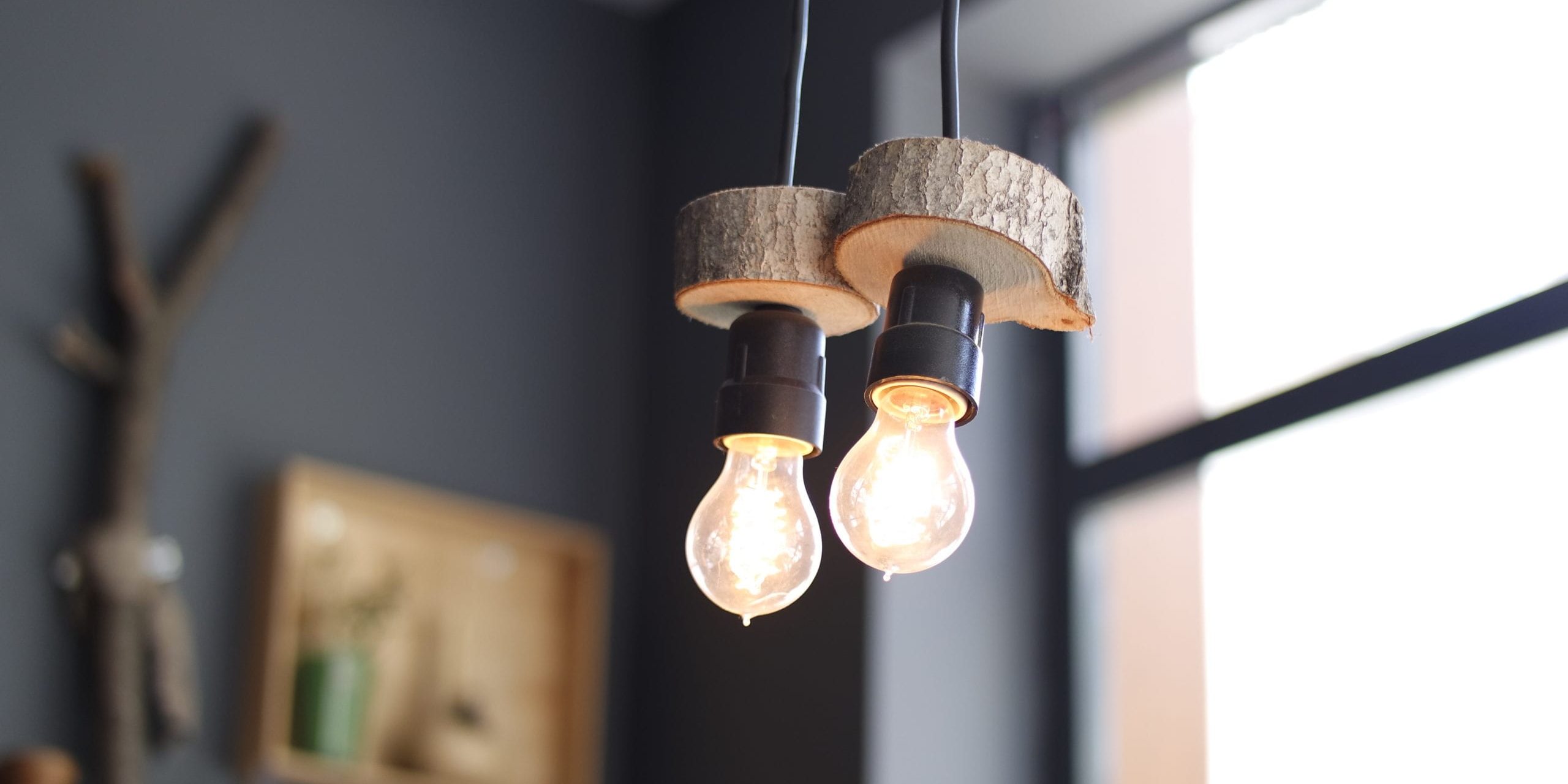There are plenty of tools and techniques in the Continuous Improvement toolkit to support different thinking and creativity, and it has long been maintained that equipping and engaging people in improvement activities is an essential CI principle. Indeed failure to use the talent and imagination of people has been recognised as one of the quintessential wastes, with Skills Waste being added to the famous list of 7 Wastes to turn TIM WOOD into TIM WOODS.
However, I find that something more than tools and techniques is needed when the learners and practitioners under my wing are required to work creatively, and that is courage. The courage to put an idea or suggestion out there, to put themselves out there. It’s like turning yourself inside out momentarily. And to risk being judged, rejected or criticized while your innards are out there? It’s a show of guts alright.
The term Psychological Safety is now fixed in the Continuous Improvement lexicon thanks to the work of, among others, Amy Edmondson, William A Kahn and Google’s Project Aristotle. This famous project sought to understand the dynamics of effective teams and found that the most important aspect was Psychological Safety – a belief in the safety of interpersonal risk taking.
Psychological Safety is the ability (shared in the team) to show yourself and be yourself, with a sense of confidence that the team will not embarrass, reject or punish you for speaking up. In her TED Talk ‘Building a Psychologically Safe Workplace’ Edmondson explains that when people withhold at work they are robbing themselves and their colleagues of small moments of learning, and of the opportunity to innovate.

Creating a safe environment for people to contribute fully means that it is acceptable for people to ask questions, ask for help, and make a mistake, and it is safe for people to be creative and think differently. A psychologically safe environment inspires courage, and inspiring courage is key to releasing the talent and imagination of our people.
“Creativity takes courage” – Henri Matisse
Organisations committed to building a true Continuous Improvement culture can take steps to inspire courage. Creating the right environment, a safe space for taking interpersonal risks, is essential. They should also provide the opportunities, in the form of improvement projects for example, or a process for suggestions, or other mechanisms that encourage innovation and provide a means for managing it within the organisation. Then come the tools and techniques. With the environment and the opportunities in place, the tools and techniques to support creativity and different thinking are much more effective. And finally, it is important to acknowledge the courageous – those prepared to show their guts to bring talent and imagination to their work.









